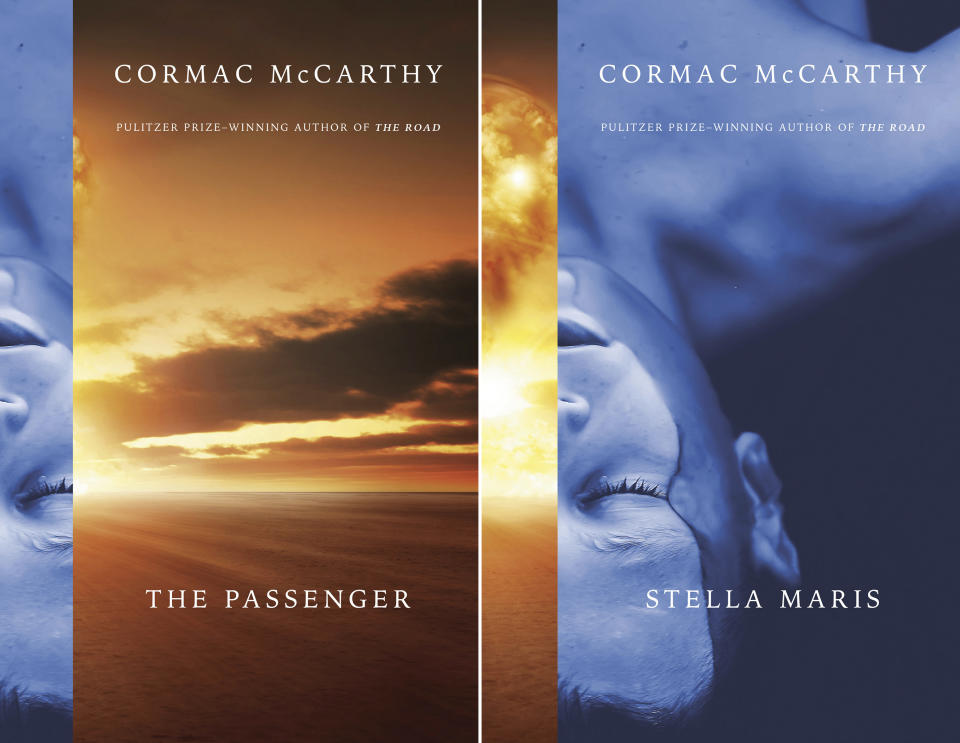Stella Maris is the follow up to Cormac McCarthy’s The Passenger which I blathered about a few posts ago. It’s a short book and consists, except for the very first page which is an admission letter, of conversations with no exposition or descriptive text between Alicia Western and her shrink. There are no other characters in the story and this will remind people of Sunset Limited, parts of the Stonemason and bits of the Counselor (especially if you read it rather than saw the movie). This is functionally a prequel to the Passenger, but should not be read first. In the Passenger, Alicia is already dead but it’s important to see the effect of her life and death in the Passenger and to those characters before reading Stella Maris.

While this is a very short book, it’s quite dense and I think it’s important to have a good reference to the history of mathematics handy when you read it. Alicia is a mathematical genius on a level where she cannot even explain the problems she is working on to laymen because she cannot fathom why they cannot understand even the basics. There are many references to actual mathmagicians in the book and getting even a cursory understanding of the core problems they were working on will help understand what Alicia is talking about when she references them, and it happens often since she is completely obsessed with math.
One disappointment that people may feel is that the mystery presented in the first novel is not resolved to any normal reader’s satisfaction, but there are pointers in Stella Maris about what could have happened, or rather, the situation in which humanity is in that would allow such a thing to occur. There are science fiction aspects to both of these books, but it’s all held very close to the chest as to whether any of it is real or not. I think it is, as the manifestations of Alicia’s imagination are different from the manifestations that visit her that seem real (the Thalomide Kid and his entourage). The ‘Alicia parts’ of the first book are explained in this one as ramifications of Alicia’s subconscious, driven by her intense and unending focus on mathematics to “peek under the door” of reality, which earns her a glimpse into the horrifying underpinnings of existence itself which is enough for her to quit the study of mathematics entirely and check herself into a mental hospital. This is all complicated by the fact that she is in love with her brother– the core issue that the Passenger is about except on the other side of the equation.
The love story between Bobby and Alicia is a direct analogy to the relationship between physics and mathematics. The age difference, the incestuousness are all messaging around the interplay over time of math and physics.
Both of these books deserve a read, but be prepared, these are not easy stories like The Outer Dark or even Blood Meridian. McCarthy expects a lot out of his readers with these. If anything, Stella Maris is short and I will tell you it’s worth it for the last line of the novel alone.